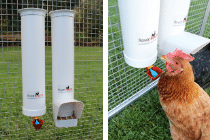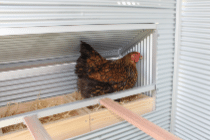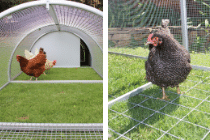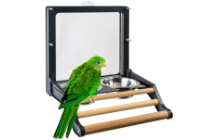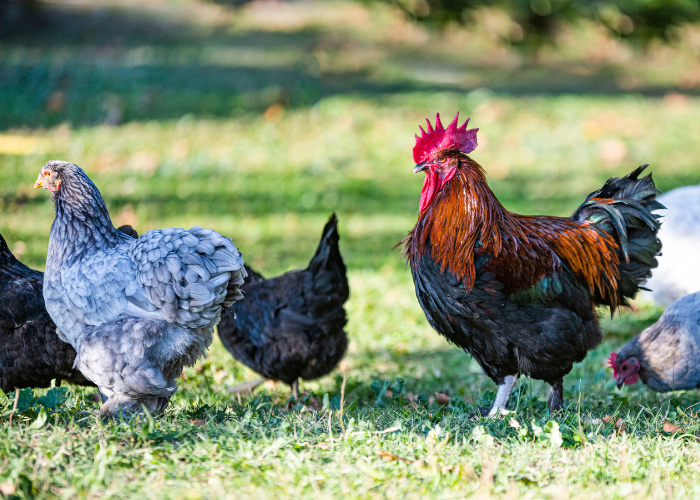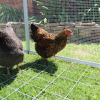Do you need a Rooster for your Chickens to Lay Eggs?
It might seem obvious, but have you ever wondered if a rooster is a necessary addition in your chicken coop for your chickens to lay an egg? There seem to be many myths or ‘old wives’ tales’ circulating about eggs and the rooster’s role in egg production. This article, aims to answer some of these commonly misunderstood issues.
You may have had chickens in your backyard chicken coop for many years, or perhaps you’re new to the chicken scene. Either way, some of the questions and related answers below might seem obvious, but read on, as it’s likely that you’ll be surprised at some of the answers.

No. Hens, like female humans, don’t need a male in order to ovulate. If the aim is to produce baby chicks, then fertilization and therefore the rooster are necessary. A ‘broody’ or ‘clucky’ mother hen is also needed to sit on her fertilized eggs for a period of around 21 days. Sometimes chickens who have not circulated with a rooster, get clucky and sit endlessly on their eggs hoping for chicks to hatch. Unfortunately for these ladies, only disappointment will be the result.
Are grocery bought eggs fertilized?
If you purchase your eggs from a local farmer who has roosters running with the chickens (or this is the case in your own backyard), then it’s likely that the eggs are fertilized. In comparison, it is highly unlikely that grocery store eggs are fertilized as commercial egg producers do not keep roosters amongst their chickens. Even if the eggs you purchase are fertilized, they won’t hatch into chickens. A broody chicken or an egg incubator are needed to keep the eggs at the right temperature in order for them to hatch. Fertilized eggs can be eaten because once they’ve been refrigerated, the chicken embryo will not develop.
Does the discovery of a red dot in the yolk of an egg mean it was fertilized?
You might discover a red spot amongst your fried eggs, but this does NOT mean that the egg was fertilized. This is an old wives’ tale. The red dot is simply a blood spot that came from the chicken when the egg was being formed. Broken capillaries in the reproductive system result in blood spots in the egg. If you purchase eggs from a grocery store, it is unlikely that you’ll come across this. ‘Candler’ inspectors at poultry plants routinely shine bright lights at eggs and remove all eggs that are found with a red spot. Years ago, candling was done by holding the egg up to a lit candle which is how this inspection process got its name.
If you’re concerned about the health hazards from eating eggs like this, there’s no need to worry. There are no issues with eating the blood spots found in eggs. Egg producers remove eggs like this mainly because of consumer preference rather than any related health issue. If you come across a blood spot within your egg, simply remove it. If it’s only small it’s likely to disappear when cooked anyway, and no one would be the wiser!
If you’d still rather eat fresh, organic eggs from your own backyard… get a Royal Rooster chicken coop!




